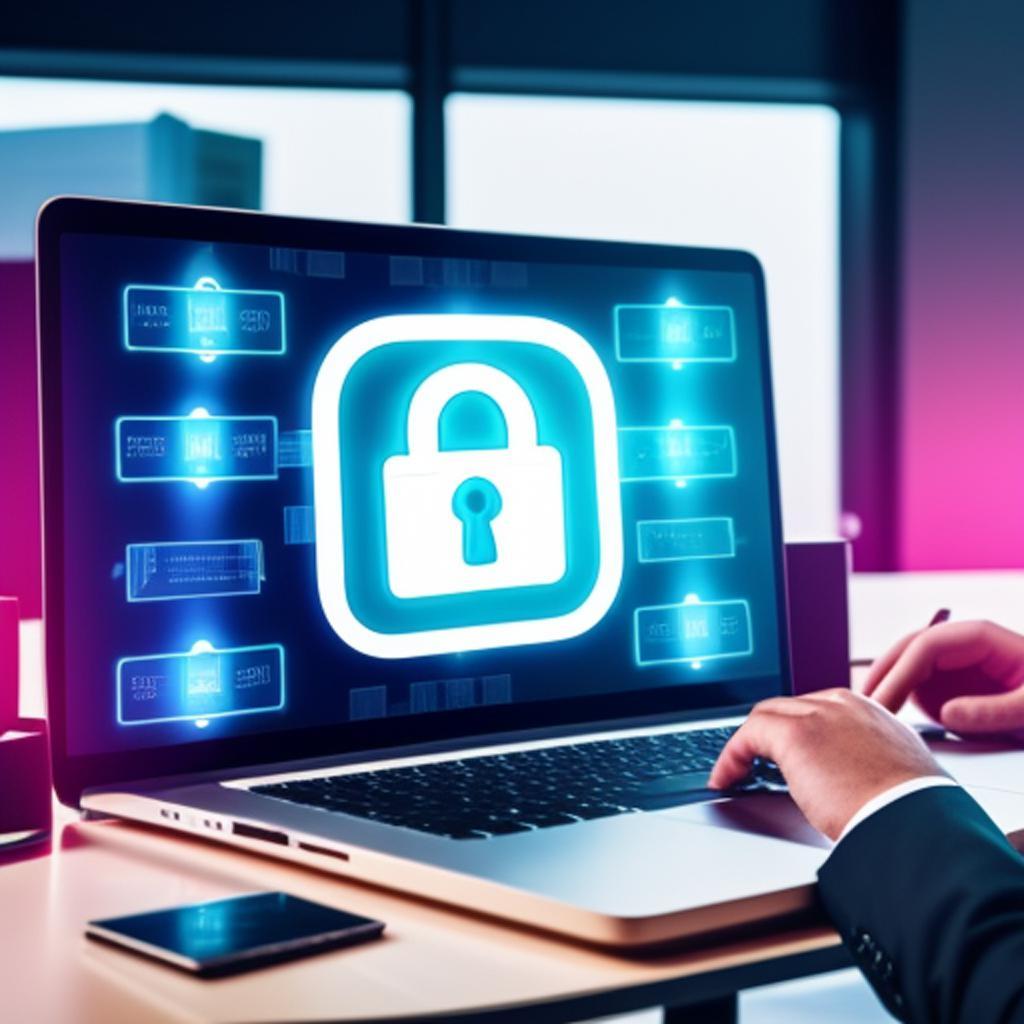BE-SAFE
Cybersecurity Best Practices
Cybersecurity is the practice of defending computers, servers, mobile devices, electronic systems, networks, and data from malicious attacks. It’s also known as information technology security or electronic information security.

Here are some essential cybersecurity best practices to help protect yourself and your organization from cyber threats:
- Create strong, unique passwords: Use uppercase and lowercase letters, numbers, and special characters to ensure your passwords are strong. Avoid using information that can be easily guessed, such as your name or date of birth. It is important to use a different password for each online account or service.
- Enable two-factor authentication (2FA): Add an extra layer of security by enabling two-factor authentication whenever possible. This requires a second form of authentication, such as a temporary number sent to your mobile phone, in addition to the password.
- Keep your software up to date: Regularly update your operating system, applications and anti-virus software with the latest security updates and updates. These updates usually fix vulnerabilities that hackers can exploit.
- Install reputable antivirus software: Protect your device by installing reputable antivirus software. This software helps detect and remove malware, viruses, and other malware.
- Beware of phishing attempts: Be careful when responding to unsolicited emails, texts, or phone calls that request personal information or ask you to click on unsolicited links. Do not share sensitive information or click on links from unknown sources. To verify the authenticity of the request, contact the organization directly through the official channel.
- Protect your home network: Take the necessary steps to protect your home network by changing your Wi-Fi router’s password and username. Also use strong encryption (such as WPA2 or WPA3) and consider hiding the network SSID. It is also important to update your router’s firmware regularly.
- Regular data backup: Create regular backups of important files and documents. Store backups in a separate location, such as an external hard drive or cloud storage. Regular backups can help you recover your data in the event of a ransomware attack or hardware failure.
- Use a secure Wi-Fi connection: Whenever possible, avoid using public Wi-Fi networks for online shopping or similar activities. access to privacy. Information. If you must use public Wi-Fi, consider using a virtual private network (VPN) to encrypt your Internet traffic and protect your data.
- Be careful with downloads and extensions: Only download files or open links from trusted sources. Malicious files or attachments may contain malware that can harm your system.
- Educate yourself and your team: Stay up to date on the latest cybersecurity threats and best practices. Educate yourself and your colleagues about security risks and how to identify and prevent them. Provides regular training to employees on security policies and procedures.
Remember, cybersecurity requires constant effort. By following these best practices and precautions, you can reduce your risk of becoming a victim of cyber threats.
Was this article helpful?
YesNo
